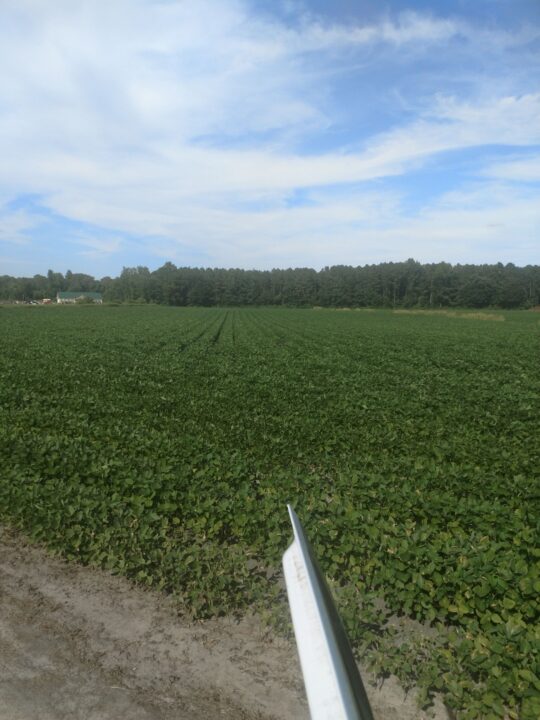Don’t Lose Sight of the Orchard for the Trees
A few years ago, I had occasion to find a new doctor at a new practice. I liked the doctor, but soon realized it wouldn’t work out because of the nature of the practice; there was no concern for the whole patient, namely me.
Anyone who suffers from back and neck pain can tell you they are related. Actually, anyone would naturally assume they are because they are physically connected. But in consulting with the doctor, he said he could talk to me about one but not the other because the practice had a policy of only treating one malady per visit. No doubt it was all about billing. Needless to say, I soon found another doctor at another practice, and it all worked out for the best as he’s a whip-smart great guy and they actually seem to care about my health.
I tell this story because it illustrates how, in some ways, we’ve become so focused on the individual details today that the greater problem isn’t solved. Medicine is a good example. If you have this difficulty, you take this treatment, and so forth. But what about looking at the situation holistically? Funny, I use to hate that word “holistically” because I thought it was so obvious to consider the whole; now I don’t think we do it nearly enough.
This situation definitely holds true for farming, and it really struck me while working on the program for our BiocontrolsSM USA West Conference, which will be held this month in Portland, OR. Specifically, we wanted to include a session on fire blight, which exploded in some parts of the country in 2018. By the way, I hope those of you who grow apples and pears and didn’t get all of those nasty cankers out of your orchards before last season ― and from what I’ve heard, they were far too many of you ― learned your lesson so we don’t see a repeat in 2019.
The message from the scientists I’ve been talking to is there is no one answer to the devastating bacterial pathogen. Especially if you’re a progressive grower bent on driving new varieties hard in high-density orchards, you’ve just added three new problems: Higher rates of N mean more vulnerable green tissue; many of the hot new varieties are more susceptible to fire blight; and more trees per acre make pathogen spreading a snap.
So, you’ve got to look at the whole picture, which is where biocontrol comes in. (Did you really think I would miss the chance to plug our conference?) Biocontrol is all about looking at the big picture. Let’s face it, the days of simply “See pest, spray pest” are limited, as both bugs and buyers are developing resistance.
To learn more about biocontrol, consider checking out the conference, which kicks off with a cool tour March 13 in the famed Willamette Valley, and includes stops at a hops grower, a brown marmorated stink bug researcher, and a winery where you can hear a tag team presentation from two viticulturists and taste a little wine. The conference proper is held the next couple of days, March 14-15, and will feature tracks on organic farming and, of course, fruit growing, including fire blight.
Hope I see you there!









